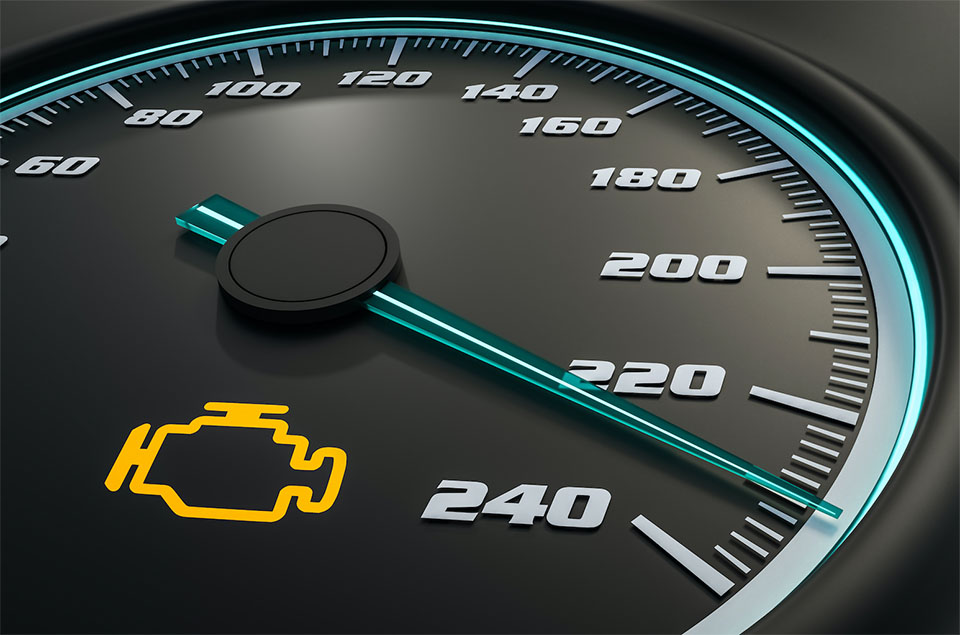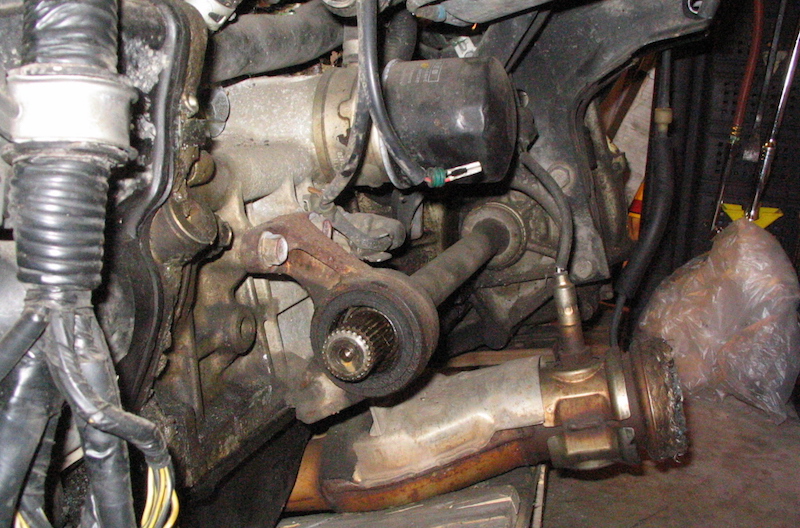If you live in an area where emissions testing is part of your annual vehicle inspection, you probably know that an emissions-related trouble code can be enough to fail your vehicle. The P0401 code, which indicates poor flow through the exhaust gas recirculation (EGR) valve, is one of the most common culprits for a failed emissions test. We'll go into what the EGR valve does, what symptoms to expect with an EGR valve problem, and how to correct it.
Note: Code scanning is one of the free services at your local Advance Auto Parts store.
Code P0401: Exhaust Gas Recirculation Valve Insufficient Flow Detected — What It Means
During the combustion process, if temperatures exceed 2,500 degrees F, nitrogen oxides are produced. They leave through the tailpipe and react with sunlight to form a pollutant that harms the environment. The EGR valve was one of the first innovations aimed at reducing these tailpipe emissions.
The valve redirects a small portion of exhaust gases back into the cylinders. The exhaust gases are inert and do not combust, which actually helps keep cylinder and combustion chamber temperatures down. And this, in turn, helps lower emissions.
On older vehicles, the EGR system was controlled by engine vacuum, using hoses and valves. Newer vehicles actuate the system through the PCM, with the computer sending a signal to open or close the valve via an electrical solenoid.
Over time, the EGR valve can become obstructed with carbon, causing it to stick open or closed. When that happens, exhaust gases aren't diverted back to the combustion chambers in sufficient amounts or at the right time to lower combustion temperatures and keep production of nitrogen oxide down.
Symptoms
- Roughness, surging
- Sluggishness
- Failed emissions test
- Ignition pinging
- Lower fuel economy
- Stalling, rough idle (in extreme cases)
What Happens If I Ignore It?
If left too long, an EGR valve problem can cause damage to pistons and valves due to pre-ignition. Pre-ignition is what happens when a chunk of carbon is stuck to a piston crown or elsewhere in the combustion chamber, igniting the fuel/air mixture before the spark plug fires. It can sometimes be heard as "pinging" or knocking, and it's pretty harmful to the engine.
In other cases, there may be few or no symptoms of the problem and the only repercussion would be a failed emissions test. That doesn't mean you should ignore it, though. Ignoring it means that combustion temperatures are still higher than normal, resulting in engine wear, and more dangerous gases being expelled through the tailpipe.
Possible Fixes
In some instances, a P0401 code can be triggered by poor flow through the line that runs from the EGR valve to the intake manifold, or even by obstruction in small passageways in the intake itself. In most cases, though, it's due to the valve being carboned-up.
- Inspect any vacuum lines, wiring or any other connections to the EGR valve that could disrupt air flow to the intake manifold.
- If you find a problem with any of these, address the problem and clear the trouble code in the PCM.
- Locate the temperature sensor for the EGR valve. If you find carbon buildup, try to remove it using throttle body cleaner.
- If everything else checks, remove and replace the EGR valve itself.
- Clear the codes in the PCM and road test the vehicle.
Replacement of the EGR valve isn't usually too big a job, although the location of the valve can vary from one vehicle to another. As always, it's a good idea to do some research on your particular vehicle and find out about any common problems, technical service bulletins (TSBs) or recalls that are specific to what your year, make, and model.
Have you come across this code before? Let us know in the comments.









